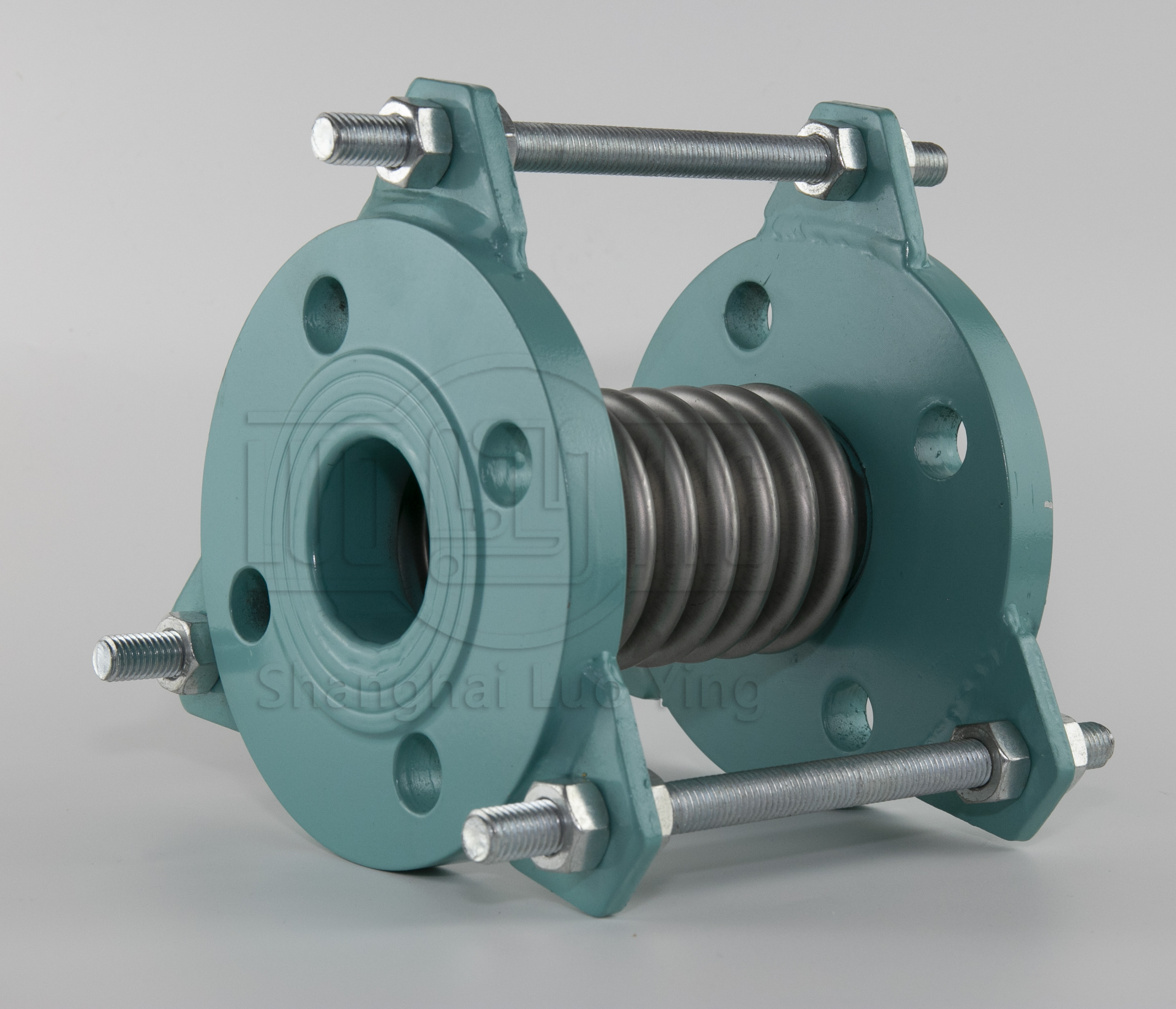The working principle of corrugated expansion joint and the matters to be checked before use
Sep-22-08
Corrugated expansion joints should be checked before use to see if the shape and size of the corrugated part is uniform and if there are no obvious pits and scratches on the corrugated surface, which may directly affect the use effect or failure. When choosing the number of corrugations, we usually think that the number of corrugations will be better when using. Multiple layers of corrugated pipe reduce the possibility of planar instability and cylinder instability during production and the complexity of the process adds to the cost. The number of corrugations needs to be determined by the specific working conditions. Multi-layer bellows consume more than a single layer and are suitable for piping environments where corrosive media flow.Corrugated expansion joint is a new type of connecting pipe fitting formed by the direct connection between two flanges and corrugated pipe. Corrugated pipe is a thin-walled pipe with a corrugated appearance, which is usually made of stainless steel and has high axial elasticity. The expansion joint has a large compensation capacity, vibration isolation, high pressure bearing capacity, small rigidity, long service life, structural form and compensation method has a lot of flexibility. Bellows expansion joints can be considered as the elastic element in the application. In order to release the thermal stress of thermal expansion and contraction, it is usually called expansion joint on the heat exchanger of the equipment, and also called bellows on the pipeline.
The working principle of corrugated expansion joints relies mainly on the expansion and contraction of the bellows, the main component of the expansion joint, in order to achieve compensation for the pipe or equipment. A bellows expansion joint is a flexible component designed to absorb displacement. When such a flexible component is present in a system, the ends of the system are separated by a force generated by the internal pressure, and this force generated by the internal pressure that separates the expansion joint is the pressure thrust of the expansion joint. This force does not act directly on the expansion joint, but is transmitted through elbows, closed valves and other components.


